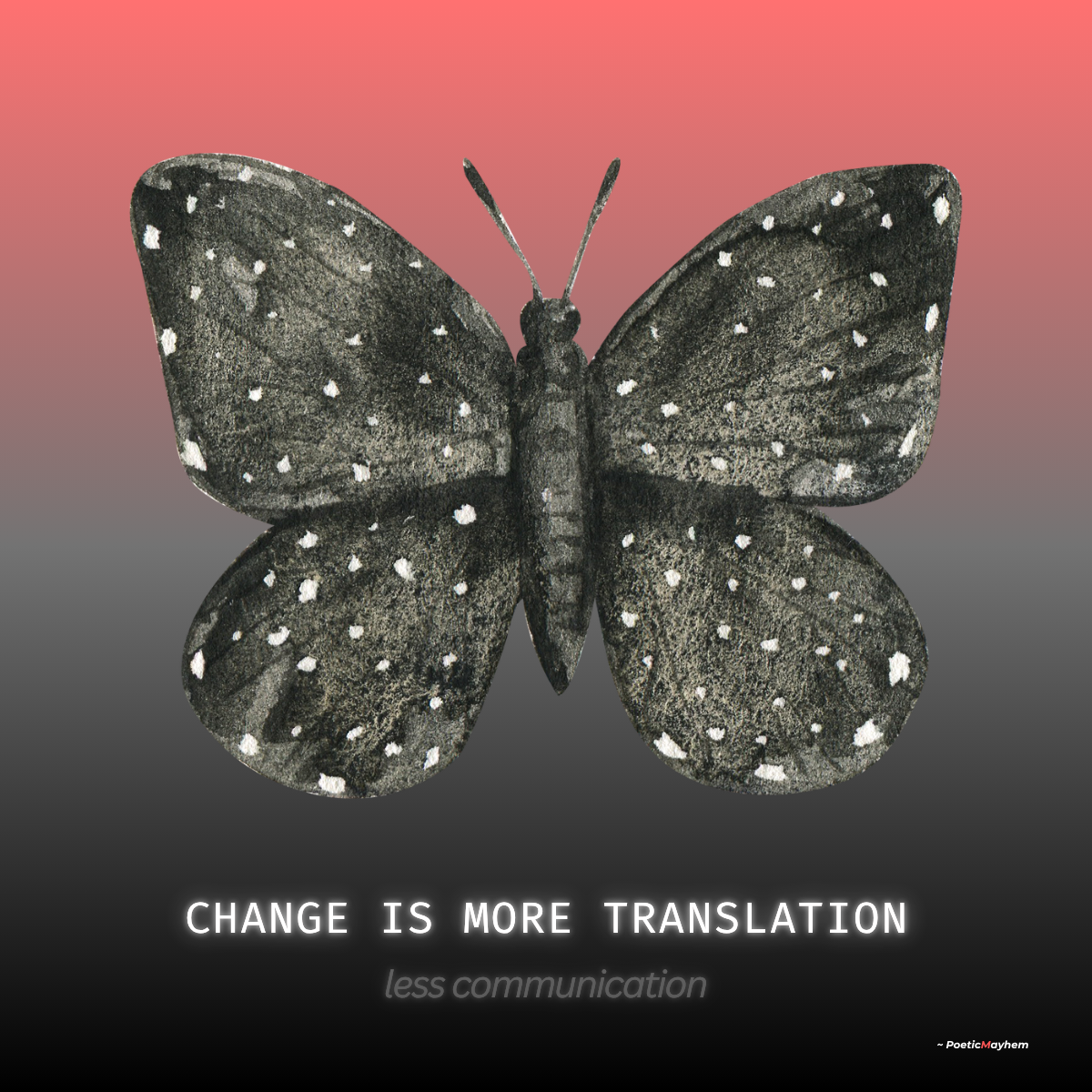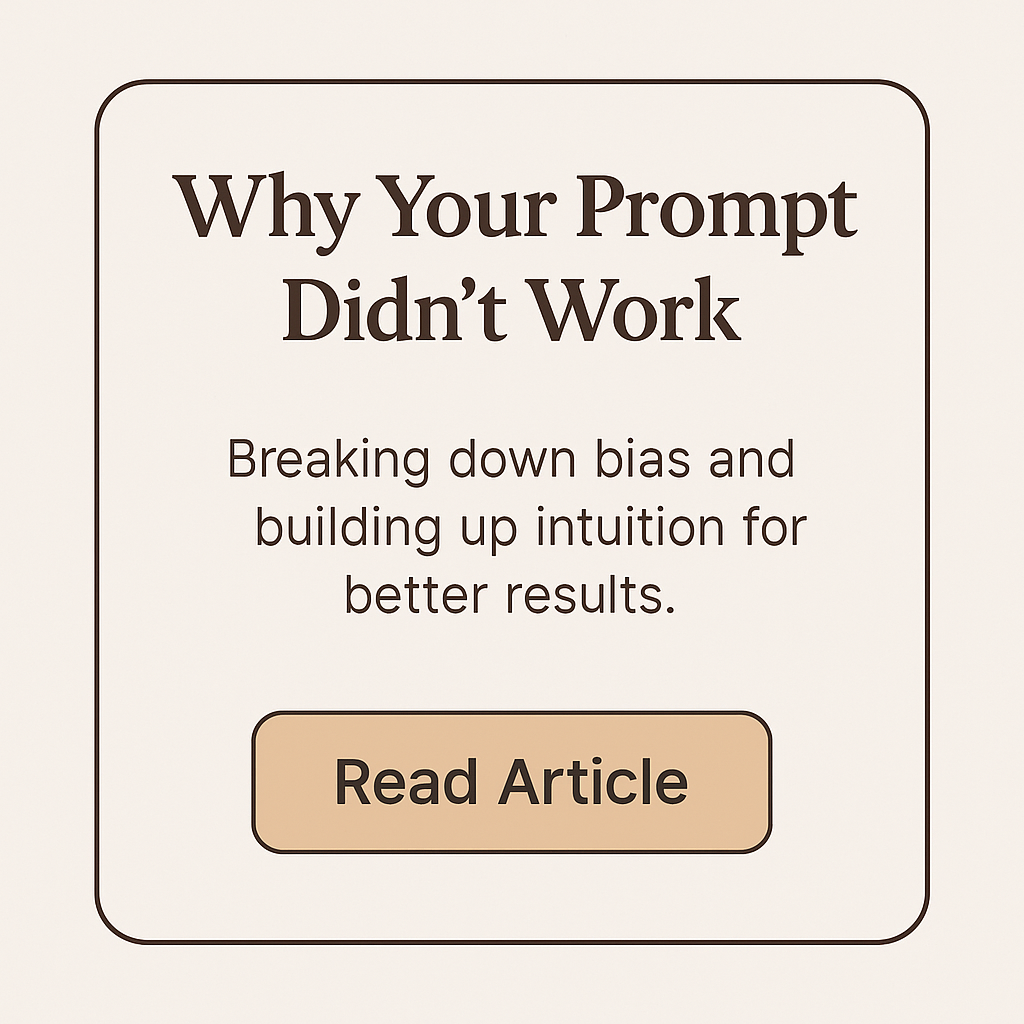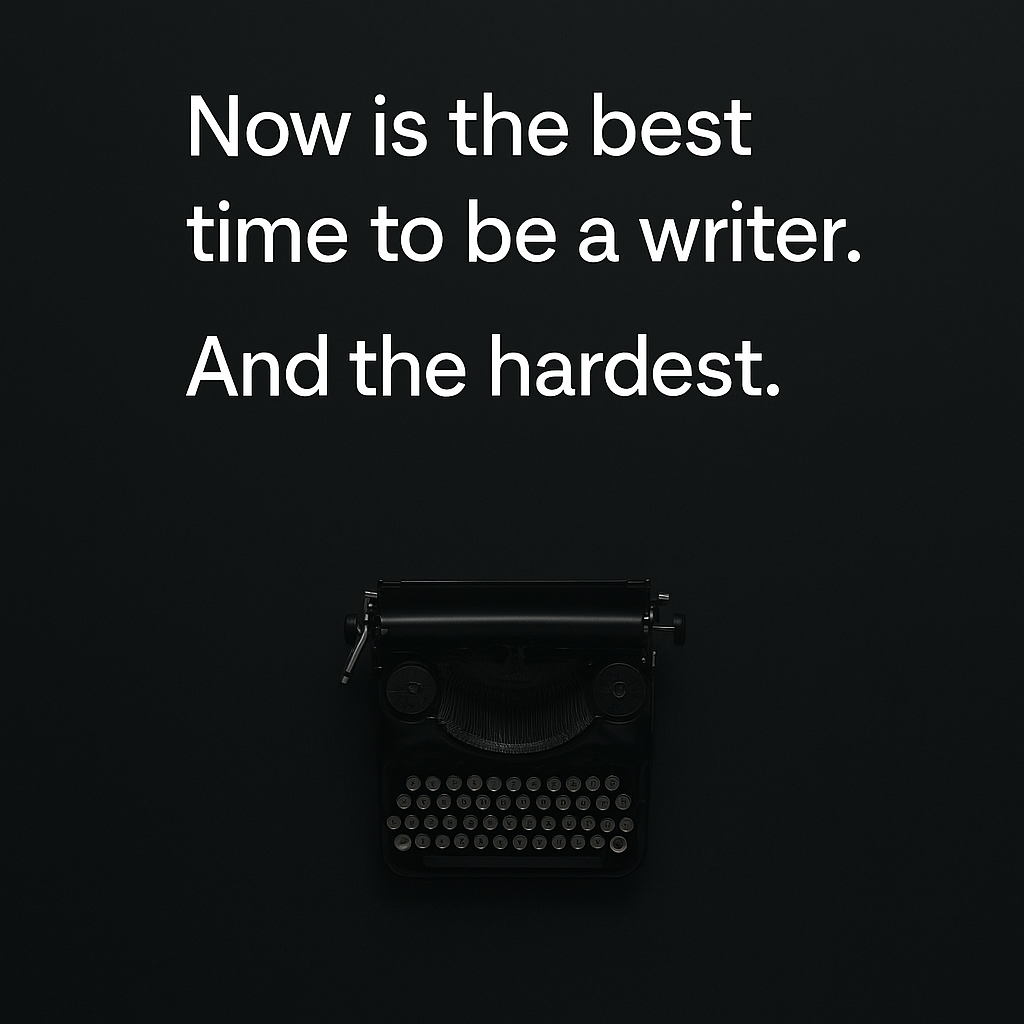Learn why content enablement sits at the heart of turning red flags into direction.
Not Just Words: How Content Enablement Turns Signs Into Strategy.
Why Content Enablement?
We've all been there. Scrolling through job postings, a familiar sense of unease creeps in. You see a phrase—“fast-paced environment,” “first writer on the team,” “duties include…”—and your internal alarm bells start ringing. These are the “red flags” our industry warns us about.
The warnings are well-intentioned. They aim to protect us from chaotic workplaces and undervalued roles. But a perspective built solely on avoidance is limiting. It positions us as passive observers of our careers, hoping to find the “perfect” role rather than creating it.
What if we reframed this entire narrative? What if these aren’t red flags, but signposts? What if they are indicators of an organization’s greatest needs, pointing directly to where we, as modern communicators, can provide the most profound value?
This is the essence of Content Enablement. It’s the evolution of our profession—from creating content to creating understanding; from writing words to architecting workflows; from being a service provider to becoming a strategic partner.
This guide is for every writer, in every discipline—marketing, technical, UX, L&D, internal comms. We will deconstruct these common challenges using a simple, actionable framework: The What, The Why, The How, and The When. It’s time to stop dodging red flags and start using them as a compass to guide our strategic journey.
Challenge #1: The Lone Pioneer
The What
This is the role described as the “first writer on the team” or where you discover you’ll be the “only writer” in the organization. The immediate scope is vast and undefined, and you are solely responsible for creating a function from scratch.
The Why
Why does this role exist? Because the organization has reached a critical pain point. The chaos of unmanaged information—whether in their product documentation, marketing messages, or internal knowledge—has become too costly to ignore. They don’t just want words; they want order. They are seeking change translation. They have a problem they can feel but cannot name, and they need a specialist to diagnose the illness and prescribe the cure.
The How
How do you succeed? By embracing your role as a foundational leader, not a lone task-doer.
- Listen First (The Diagnostic Phase): Your first month is not for writing; it’s for listening. Conduct interviews with stakeholders across the company (engineering, sales, support, marketing). Ask them: “What is the hardest part about sharing or finding information here?” and “If you could wave a magic wand and fix one communication problem, what would it be?” This builds relationships and provides you with the data you need.
- Map the Pain: Synthesize your findings into a simple “Pain Point Map.” This visual document makes you the most knowledgeable person in the company about its communication breakdowns.
- Prescribe a Pilot Project: Do not try to boil the ocean. Select one, high-visibility, low-complexity problem from your map. Propose a pilot project with a clear goal, like “Create a 5-article onboarding guide to reduce support tickets from new users by 15% in Q3.” This is your first act of strategic communication—turning vague pain into a specific, measurable plan.
The When
When do you act? You establish this frame during the interview process. When they tell you you’re the first writer, respond with empathetic curiosity: “That’s a fantastic opportunity to build something lasting. To make sure I succeed, could you tell me about the specific challenges that led you to create this role now?” This immediately positions you as a strategic thinker, setting the stage for your work on day one.
Challenge #2: The Legacy Toolkit
The What
You learn that the company’s entire content operation runs on a collection of Word documents, shared drives, or a legacy system that makes collaboration and publishing a painful, manual process. Tech integration is minimal or non-existent.
The Why
Why are they stuck? Inertia. The current system, however inefficient, is familiar. The pain of switching tools is perceived as greater than the pain of the status quo. They lack a clear vision for a better future and a trusted guide to lead them there. This is a classic Content Enablement gap—the potential is there, but the systems and processes are holding them back.
The How
How do you fix this without alienating the team?
- Master Their World First: Content enablement doesn’t happen by criticizing their tools. Start by becoming the master of their current chaos. Create impeccable templates. Establish a rigorous version control and naming system (e.g., `Document-Name_v1.2_Status_YYYY-MM-DD`). Become the source of order in their current world. This earns you trust and credibility.
- Quantify the Pain: While you’re organizing, keep a “work journal.” Note the time spent on manual formatting, searching for the right version, or fixing broken links. Translate this into business costs: “We spend approximately 20 hours per month on manual content updates, which is time our engineers and marketers could be spending on revenue-generating work.”
- Build a Bridge to the Future: With data in hand, present a business case for a new tool or workflow. Don’t frame it as “what I want.” Frame it as a solution to everyone’s problems. Show them a demo of a better world—a world with instant updates, easy collaboration, and powerful analytics. Offer to run a small, low-risk pilot with a single project to prove its value.
The When
When do you bring this up?
You plant the seed after you have delivered initial value, typically within your first 3-6 months. Your proposal for change must come from a position of proven success, not from a place of personal preference on day one. Your demonstrated ability to improve their current system gives you the authority to design their future system.
Challenge #3: The Undefined Role
The What
The job description is a jumble of disparate tasks: “manage the website,” “write social media posts,” “create sales decks,” “take meeting minutes.” The role lacks a clear, strategic core.
The Why
Why is the role so fragmented? Because the organization is feeling communication pain from all directions and doesn’t realize these are symptoms of one underlying disease: a lack of a unified strategic communications function. They are looking for a “communications utility player” because they haven’t been shown what a “communications architect” can do. They are reacting to individual problems, not proactively designing a holistic system.
The How
How do you bring focus to the chaos?
- Connect the Dots: In your initial conversations, act as a strategic consultant. Listen to all the disparate tasks and find the common thread. Say things like, “It’s fascinating to see how this role touches sales, marketing, and internal teams. It sounds like the core need is to create a single source of truth that all these departments can rely on. Is that accurate?”
- Triage and Prioritize: You cannot do everything at once. Work with your manager to triage tasks based on business impact. Use a simple matrix: What is most urgent vs. what is most important? Your job is to gently shift the team’s focus from the urgent-but-unimportant tasks toward the important-but-not-yet-urgent strategic work.
- Introduce “One-to-Many” Thinking: For every reactive task you’re given, propose a proactive, “one-to-many” solution. Instead of just writing one sales email, ask: “Could I create a reusable email template and a one-page ‘key messaging’ guide that the whole sales team can use?” This transforms you from a task-doer into a force multiplier.
The When
When do you clarify the role? You begin immediately, in your very first interview. When they list the tasks, help them find the strategy. By asking clarifying questions and reframing their needs, you are not just interviewing for a job; you are co-designing your role in real time. You are demonstrating your strategic value before you even have an offer.
Conclusion: Your Career is a Practice, Not a Position
The work of a modern writer is no longer confined to a text editor. Our canvas is the organization itself. Our skill is not just writing; it is Content Enablement. Our value is not just in the clarity of our prose, but in our ability to facilitate change, architect systems, and execute strategic communications.
Seeing “red flags” is easy. Seeing the underlying need behind them is a skill. Acting on that need with empathy, structure, and a collaborative spirit is a profession.
Further Reading & Resources
To continue your journey into strategic communications and Content Enablement, here are some invaluable resources:
- Write the Docs: A global community of people who care about documentation. Their conferences, Slack channel, and local meetups are fantastic for connecting with peers who are solving these same challenges.
- Content Marketing Institute: While focused on marketing, their resources on creating content strategies, defining audiences, and measuring impact are universally applicable to all forms of strategic communication.
- Nielsen Norman Group (NN/g): A leader in user experience research. Their articles provide deep, data-backed insights into how people read and interact with digital content—essential knowledge for any writer creating user-centric materials.
- Society for Technical Communication (STC): A professional association dedicated to advancing the theory and practice of technical communication. They offer certification, courses, and publications.
- Book: Content Strategy for the Web by Kristina Halvorson: A foundational book that is considered essential reading for anyone serious about organizing and governing content strategically.
- Book: Good Strategy/Bad Strategy by Richard Rumelt: This book is excellent for honing your strategic thinking. It teaches you how to diagnose a challenge, create a guiding policy, and design coherent actions—the very core of what this blog post advocates.
- Sans Serif Sentiments Repo: A GitHub repository with additional resources and projects related to the concepts of strategic communications and content enablement discussed in this article.
Let’s elevate our collective practice.
Let’s be the strategic leaders that companies are so clearly, if unconsciously, searching for.
The next time you see a challenging job description, don’t just see a red flag.
See a compass needle, pointing you toward your next great opportunity to lead.
Content Enablement is not another buzzword. It needs to buzz because: The Time is NOW!!





